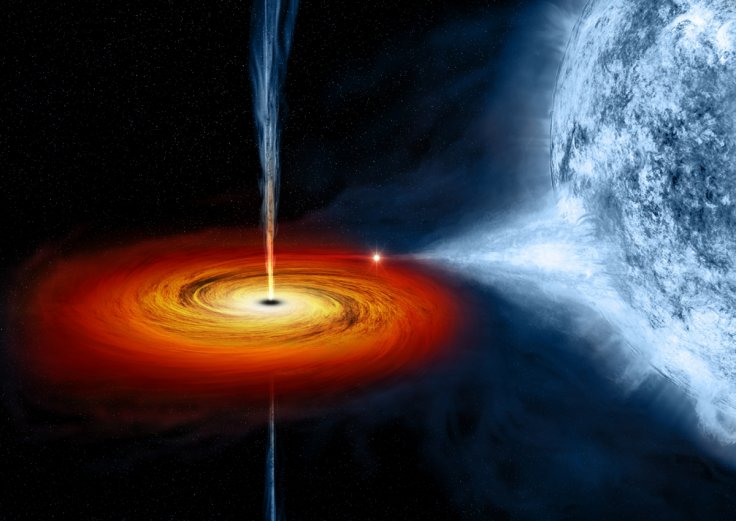A scientific video discussed the possibility of approaching a black hole from a safe distance. According to the video, this can be done by staying within a specific distance from the massive cosmic object.
The video was released by the YouTube channel What If. Since it only discussed the hypothetical situation of visiting a black hole, it does not explain how to get to one. After all, travelling to the nearest black hole can take hundreds to thousands of light-years.
Travelling To A Black Hole

As explained by various scientific reports, black holes are known for their immense gravitational pull. This allows them to absorb consume anything that gets near them, including light. In fact, their gravitational pull is so strong that if a person falls into a black hole, he or she would experience the excruciating process known as spaghettification. This happens when the body stretches to the point that it becomes one continuous stream of matter.
Although traveling near a black hole seems very dangerous, What If claimed that it is still possible to venture close to one. According to the YouTube channel's latest video, this is possible as long as the observer remains outside its event horizon.
Understanding The Schwarzschild Radius
The event horizon is a boundary beyond which an observer cannot be affected by the events caused by the cosmic object. The distance between the event horizon and a black hole's singularity, which is located at its centre, is known as the Schwarzschild radius. This term was named after Karl Schwarzschild, a German physicist and astronomer from the late 19th century. According to What If's video, it would be safe to observe a black hole from a distance of about three times the Schwarzschild radius.
"The Schwarzschild radius defines the size of a black hole's event horizon, a boundary beyond which you wouldn't be affected by a black hole, as long as you stay on the opposite side of it," the video stated. "The closest you could get to a black hole, without being sucked in, would be two times the Schwarzschild radius. "But if you're looking to observe from a stable orbit, you'd better stay at a distance of three times the Schwarzschild radius."









